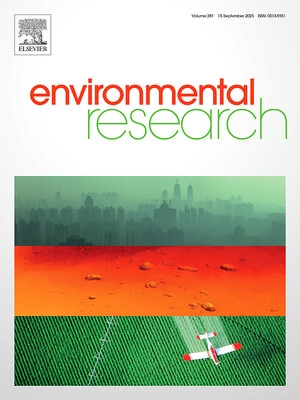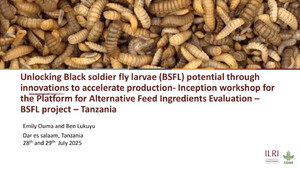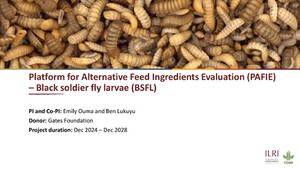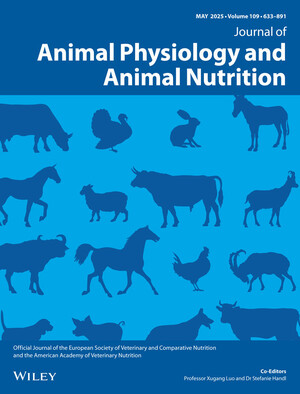
Average daily gain and the impact of starting body weight of individual nursery and finisher Ugandan pigs fed a commercial diet, a forage-based diet, or a silage-based diet
Abstract
Objectives: To compare average daily gain (ADG) of Ugandan nursery and finisher pigs fed a commercial diet, a forage-based diet, or a silage-based diet, and to compare the cost effectiveness of the diets. Materials and methods: Each pig was randomly assigned to the commercial diet, the forage-based diet, or the silage-based diet. Pigs were weighed every 3 weeks from 65 to 230 days of age. Growth was compared within and across diet on the basis of starting body weight (BW). The cost of feed per kg of BW gain was determined. Results: As age and BW increased, mean BW variability increased in pigs fed the forage-based or silage-based diets and decreased in pigs fed the commercial diet. Starting BW was positively associated with ADG (P < .01). Average daily gain of nursery pigs fed the commercial diet was higher than that of pigs fed the forage-based and silage-based diets. At sufficient BW (≥ 11.9 kg), pigs fed the silage-based diet achieved ADG similar to that in pigs fed the commercial diet. Implications: At sufficient BW (11 to 12 kg) pigs grow well on forage- or silage-based diets. If some ingredients are in surplus on farms, the forage- and silage-based diets are more cost effective than the commercial diet when pigs reach 8.5 kg BW. Interventions to improve weaning weights and provision of creep feed, and identification of nutrient-dense, digestible, palatable feedstuffs for development of low-cost balanced diets are needed in order to improve pig growth performance in East Africa.
Citation
Carter, N.A., Dewey, C.E., Grace, D., Lukuyu, B., Smith, E. and Lange, C.F.M. de. 2017. Average daily gain and the impact of starting body weight of individual nursery and finisher Ugandan pigs fed a commercial diet, a forage-based diet, or a silage-based diet. Journal of Swine Health and Production 25(3):121–128.










